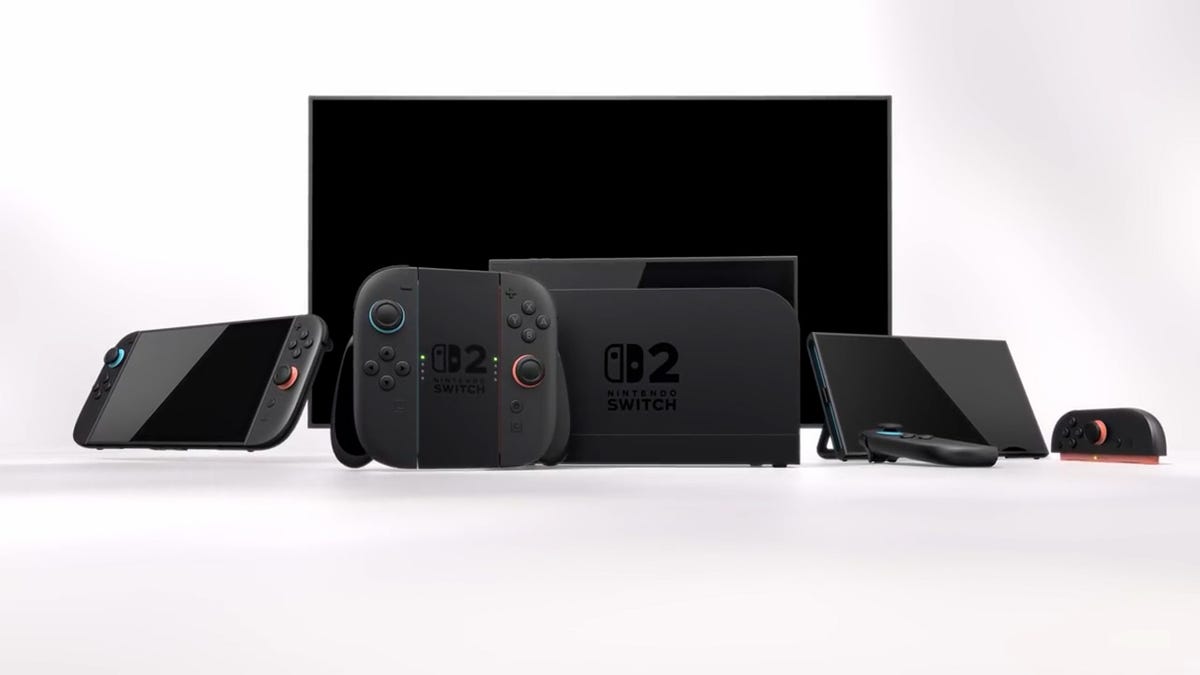AI in Animation
The art of animation thrives on imagination: vibrant characters, intricate worlds, and compelling narratives that capture our hearts. Traditionally, animators have painstakingly brought these visions to life frame by frame. Today, an innovative collaborator enters the scene—not to replace the artist, but to empower them. Artificial intelligence (AI) joins forces with animators, reshaping how stories are crafted and enriching creative expression in unprecedented ways. This partnership heralds a moment of transition, filled with optimism yet tempered by caution. Yet ultimately, both animator and technology stand poised to explore possibilities once unimaginable, redefining the boundaries of storytelling itself. Transforming Production In animation, creativity often collides with monotony. Every dreamlike character action or dramatic expression depends on the backbreaking rigour of techniques like in-betweening, rotoscoping, and lip-syncing. Here, AI lifts the burden from artistic shoulders, quickly handling repetitive tasks and leaving the animator free to focus on deeper, more expressive work. Take in-betweening, where skilled artists historically laboured to fill hundreds of transitional frames. AI's swift calculation does this effortlessly and precisely, saving hours of drudgework. Equally transformative is its role in rotoscoping, efficiently isolating characters from backgrounds, and in lip-syncing, where AI seamlessly matches words to animated mouth movements. Yet, there's far more to this partnership than productivity alone. Through increasingly sophisticated tools like NVIDIA's Omniverse, AI can generate lifelike movements and rich scenes, blurring the line between the animated and real worlds. Remember Pixar's exquisitely detailed animals in films like Up or The Good Dinosaur? AI makes such masterful realism possible, immersing audiences deeper than ever into narratives. Crucially, AI's impact isn't confined to technical wizardry. It strengthens human collaboration, transcending geographical boundaries to weave diverse, globally dispersed teams together seamlessly. Animators from São Paulo to Seoul can collaborate effortlessly—in real-time—contributing skill, vision, and culture to inspire richer, more resonant stories. The Creative Influence of AI Beyond assisting with production details, AI steps into the creative ideation process itself, supporting storytellers as they shape narratives and characters that audiences cherish. Imagine an AI-powered platform intelligently analysing scripts—examining every facet from pace and structure to character arcs—offering precise insights that sharpen storylines. Tools like StoryboardHero turn written visions into visual prototypes, letting storytellers rapidly see their narratives materialise and creatively iterate. The reach of AI extends even further. In interactive storytelling—found in gaming, VR experiences, and digital storytelling—AI uses real-time choices to tailor unique journeys for each viewer. Characters adapt; plots evolve dynamically; stories become personal, immediate, and resonant. Concurrently, artists experimenting on AI-powered style-transfer platforms effortlessly shift visual aesthetics, seamlessly channeling diverse art movements or pioneering entirely new, evocative looks. Yet, for all the potential unleashed, human intuition prevails. AI exists as a fount of ideas, inspirations, and possibilities—but it is ultimately the human hand that crafts, refines, and imbues the creation with soul. The artist must always remain the final interpreter, keeping alive the spark of true human expression. Navigating Ethical Realities As with all breakthrough technologies, the promise of AI exists alongside profound ethical considerations. To fully realise its potential, animators and industry leaders must contemplate deeply nuanced challenges. Consider the complexities of authorship. When AI generates or heavily influences creative output, the concept of ownership grows murky. Who possesses intellectual property rights? Those whose creations informed the AI models, or those employing these tools in original productions? Especially when AI training datasets use protected work, these questions become urgent and ethically charged. Another delicate balance: the equilibrium between artistic integrity and technological efficiency. Animation is inherently personal—the imprint of the animator must remain visible, genuine, and expressive even when AI-aided. Striking harmony here is critical; creators' voices must always lead, supported rather than overrun by the efficiency brought by AI. Perhaps most sensitive is AI's potential for biased representation. Models trained on limited or skewed data may unintentionally reinforce stereotypes or exclusionary narratives. Vigilance and an unwavering commitment to inclusivity and cultural awareness must guide our adoption of AI, ensuring integrity and diversity in ever
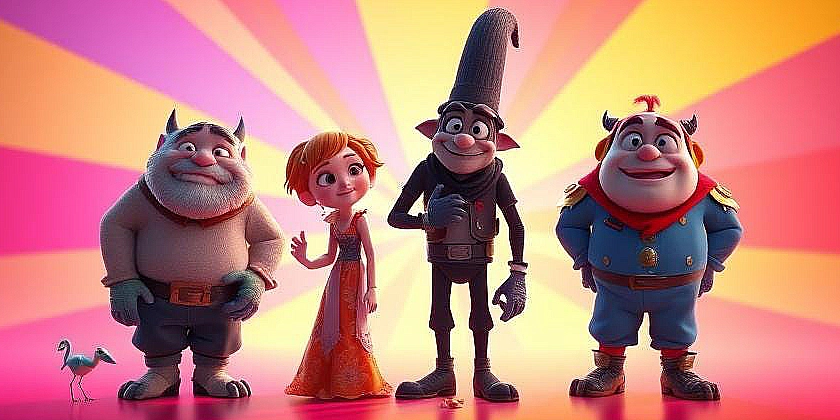
The art of animation thrives on imagination: vibrant characters, intricate worlds, and compelling narratives that capture our hearts. Traditionally, animators have painstakingly brought these visions to life frame by frame. Today, an innovative collaborator enters the scene—not to replace the artist, but to empower them. Artificial intelligence (AI) joins forces with animators, reshaping how stories are crafted and enriching creative expression in unprecedented ways.
This partnership heralds a moment of transition, filled with optimism yet tempered by caution. Yet ultimately, both animator and technology stand poised to explore possibilities once unimaginable, redefining the boundaries of storytelling itself.
Transforming Production
In animation, creativity often collides with monotony. Every dreamlike character action or dramatic expression depends on the backbreaking rigour of techniques like in-betweening, rotoscoping, and lip-syncing. Here, AI lifts the burden from artistic shoulders, quickly handling repetitive tasks and leaving the animator free to focus on deeper, more expressive work.
Take in-betweening, where skilled artists historically laboured to fill hundreds of transitional frames. AI's swift calculation does this effortlessly and precisely, saving hours of drudgework. Equally transformative is its role in rotoscoping, efficiently isolating characters from backgrounds, and in lip-syncing, where AI seamlessly matches words to animated mouth movements.
Yet, there's far more to this partnership than productivity alone. Through increasingly sophisticated tools like NVIDIA's Omniverse, AI can generate lifelike movements and rich scenes, blurring the line between the animated and real worlds. Remember Pixar's exquisitely detailed animals in films like Up or The Good Dinosaur? AI makes such masterful realism possible, immersing audiences deeper than ever into narratives.
Crucially, AI's impact isn't confined to technical wizardry. It strengthens human collaboration, transcending geographical boundaries to weave diverse, globally dispersed teams together seamlessly. Animators from São Paulo to Seoul can collaborate effortlessly—in real-time—contributing skill, vision, and culture to inspire richer, more resonant stories.
The Creative Influence of AI
Beyond assisting with production details, AI steps into the creative ideation process itself, supporting storytellers as they shape narratives and characters that audiences cherish.
Imagine an AI-powered platform intelligently analysing scripts—examining every facet from pace and structure to character arcs—offering precise insights that sharpen storylines. Tools like StoryboardHero turn written visions into visual prototypes, letting storytellers rapidly see their narratives materialise and creatively iterate.
The reach of AI extends even further. In interactive storytelling—found in gaming, VR experiences, and digital storytelling—AI uses real-time choices to tailor unique journeys for each viewer. Characters adapt; plots evolve dynamically; stories become personal, immediate, and resonant. Concurrently, artists experimenting on AI-powered style-transfer platforms effortlessly shift visual aesthetics, seamlessly channeling diverse art movements or pioneering entirely new, evocative looks.
Yet, for all the potential unleashed, human intuition prevails. AI exists as a fount of ideas, inspirations, and possibilities—but it is ultimately the human hand that crafts, refines, and imbues the creation with soul. The artist must always remain the final interpreter, keeping alive the spark of true human expression.
Navigating Ethical Realities
As with all breakthrough technologies, the promise of AI exists alongside profound ethical considerations. To fully realise its potential, animators and industry leaders must contemplate deeply nuanced challenges.
Consider the complexities of authorship. When AI generates or heavily influences creative output, the concept of ownership grows murky. Who possesses intellectual property rights? Those whose creations informed the AI models, or those employing these tools in original productions? Especially when AI training datasets use protected work, these questions become urgent and ethically charged.
Another delicate balance: the equilibrium between artistic integrity and technological efficiency. Animation is inherently personal—the imprint of the animator must remain visible, genuine, and expressive even when AI-aided. Striking harmony here is critical; creators' voices must always lead, supported rather than overrun by the efficiency brought by AI.
Perhaps most sensitive is AI's potential for biased representation. Models trained on limited or skewed data may unintentionally reinforce stereotypes or exclusionary narratives. Vigilance and an unwavering commitment to inclusivity and cultural awareness must guide our adoption of AI, ensuring integrity and diversity in every story animated.
Imagining Tomorrow's Animation
We have only just begun to unlock the myriad possibilities of AI-powered animation. Consider the future: AI animating fully responsive characters that interact with users naturally and intuitively in immersive virtual worlds, each interaction unique and emotionally meaningful. Visual stories personalised to viewer preferences grow directly from deep algorithmic insights into audience behaviour—resonant storytelling that no two viewers experience identically.
Moreover, by dissolving technical barriers, AI democratises the animation craft, giving independent creators and small studios opportunities previously reserved for massive production houses. Creative voices previously unheard now have the capacity to compete with Hollywood giants, breathing new life and diversity into animated content.
Moreover, the sharing of ideas between previously isolated artistic disciplines may become commonplace. AI could help blend dance choreography, sculpture, graphic design, literature, and animation—merging perspectives and leading to entirely novel ways of telling stories. The horizon brims with promising experiments—possibilities limited only by creativity itself.
The Animators' Mission
In this pivotal era, the power of animation hinges on carefully preserving the animator’s heartbeat inside technological advancement. AI gifts animators a larger and more diverse palette, not a replacement for genuine artistic expression.
Technology may open unimaginable new frontiers, but the vital artistry remains fundamentally human—the reassuring brushstroke, the emotional resonance, and the unique voice of the individual storyteller. Animators stand on the brink of transformational possibilities—yet their purpose endures.
Animation serves as reflection and exploration of our human condition—even in worlds vibrantly distant from reality. AI offers new pathways, diverse experiences, and richer detail, but must remain firmly under human guidance to achieve its fullest potential. As artists wield this powerful new tool, they safeguard an invaluable human tradition, painting poetic worlds animated with meaning and wonder.
An Unfolding Story
This journey is only beginning, animated by visionary experimentation, attentive ethical engagement, and boundless human creativity. As technology continues its seamless merging with art, the stories awaiting us—and the depth and diversity with which we are able to tell them—are infinite.
AI sets the stage with endless possibilities—but the story will be ours to animate.
Publishing History
- URL: https://rawveg.substack.com/p/ai-in-animation
- Date: 20th April 2025













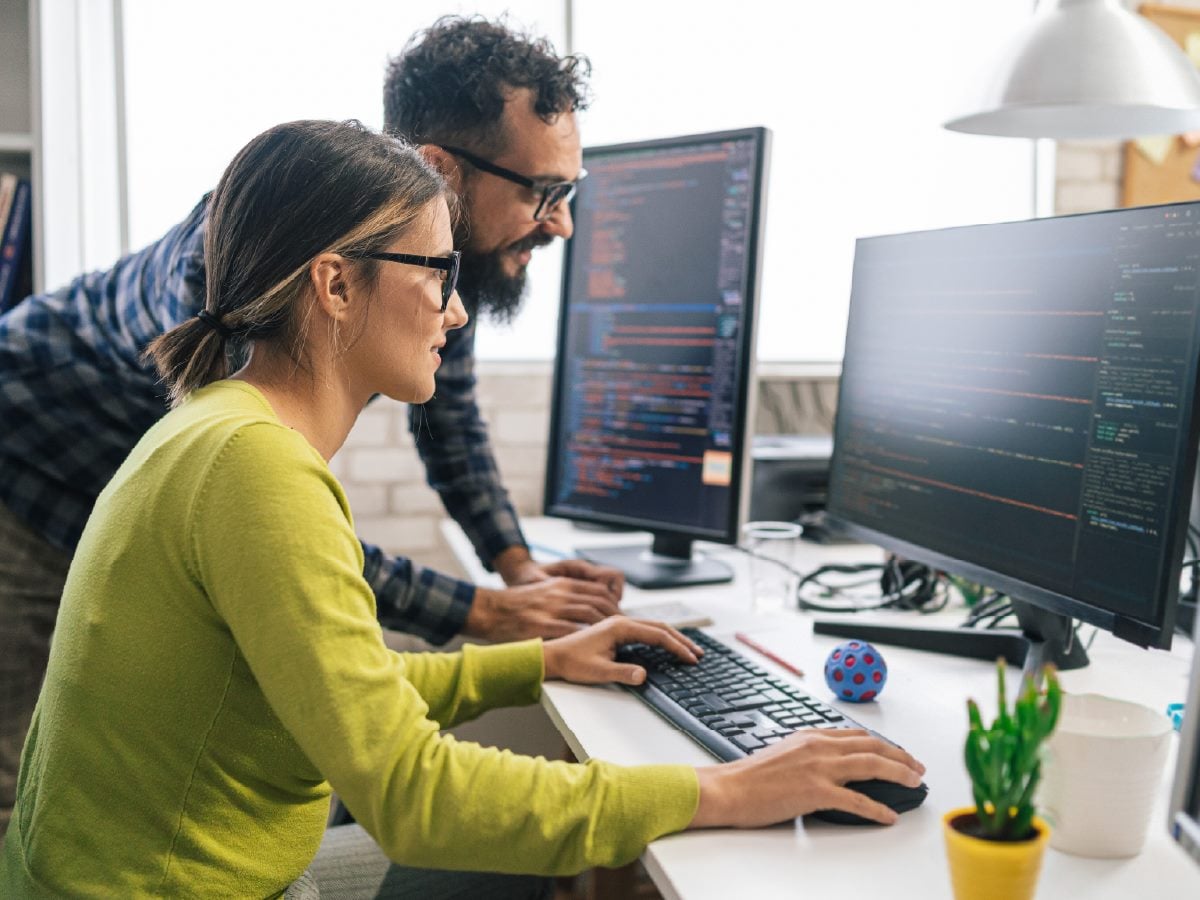





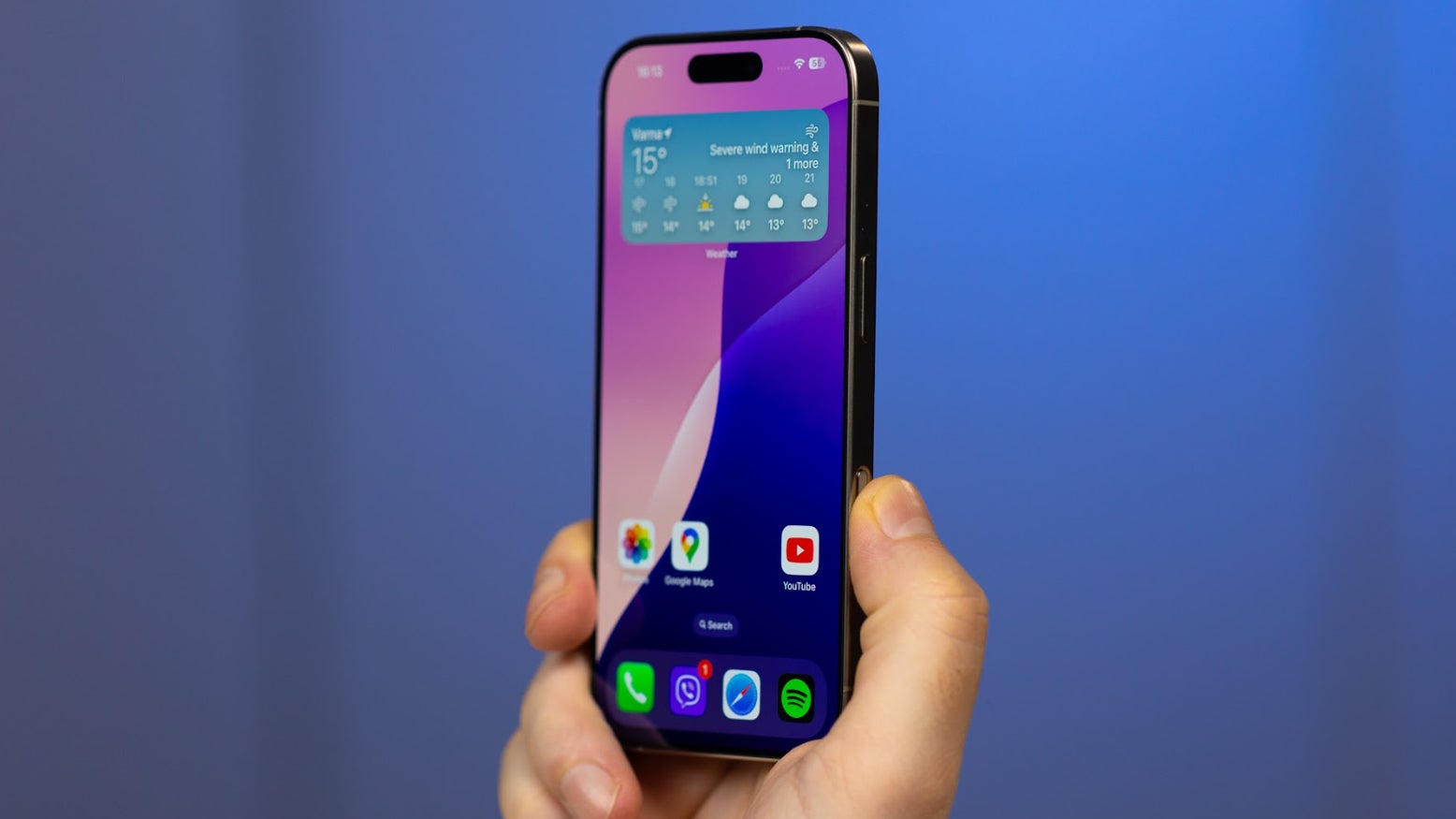
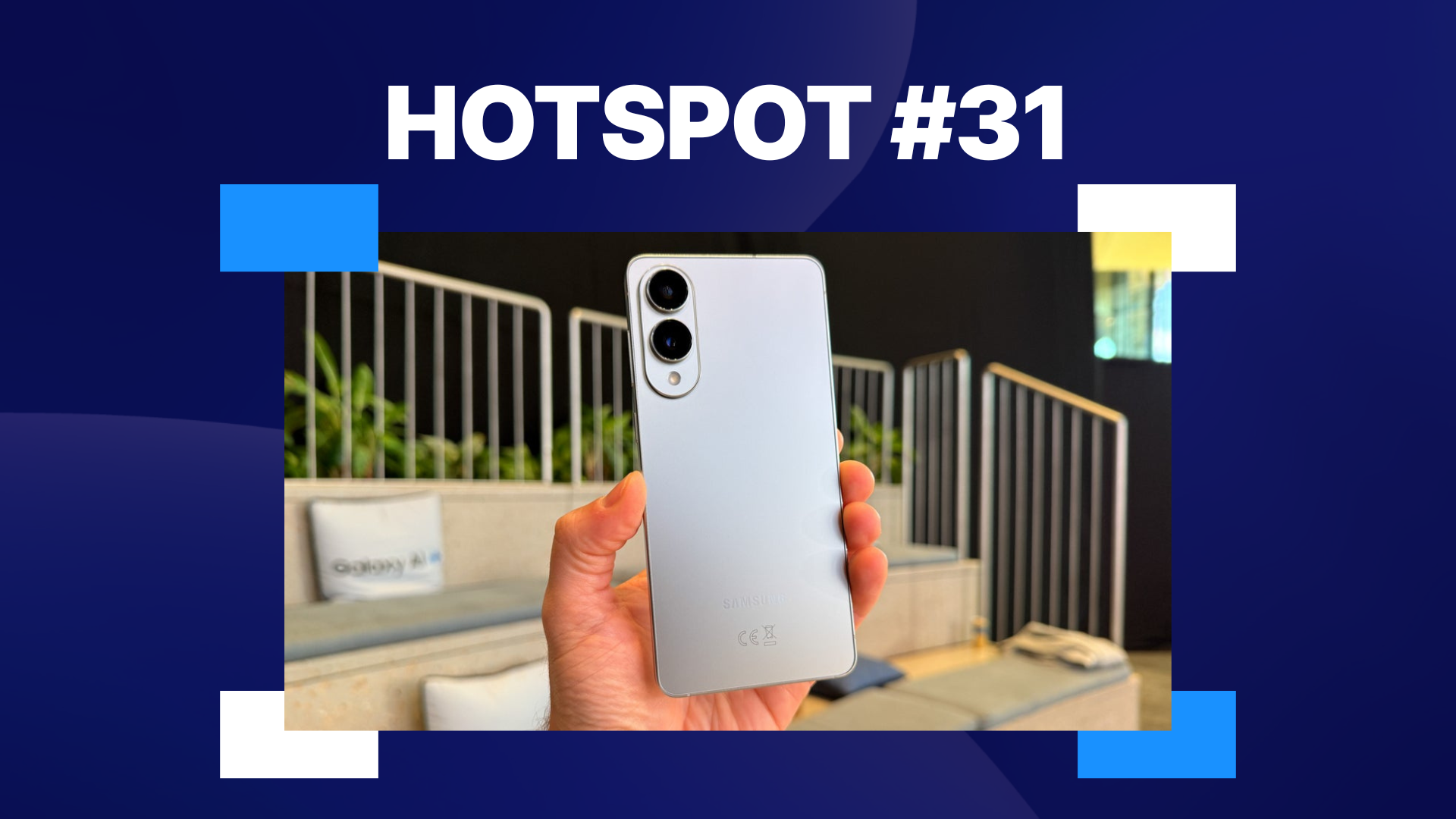
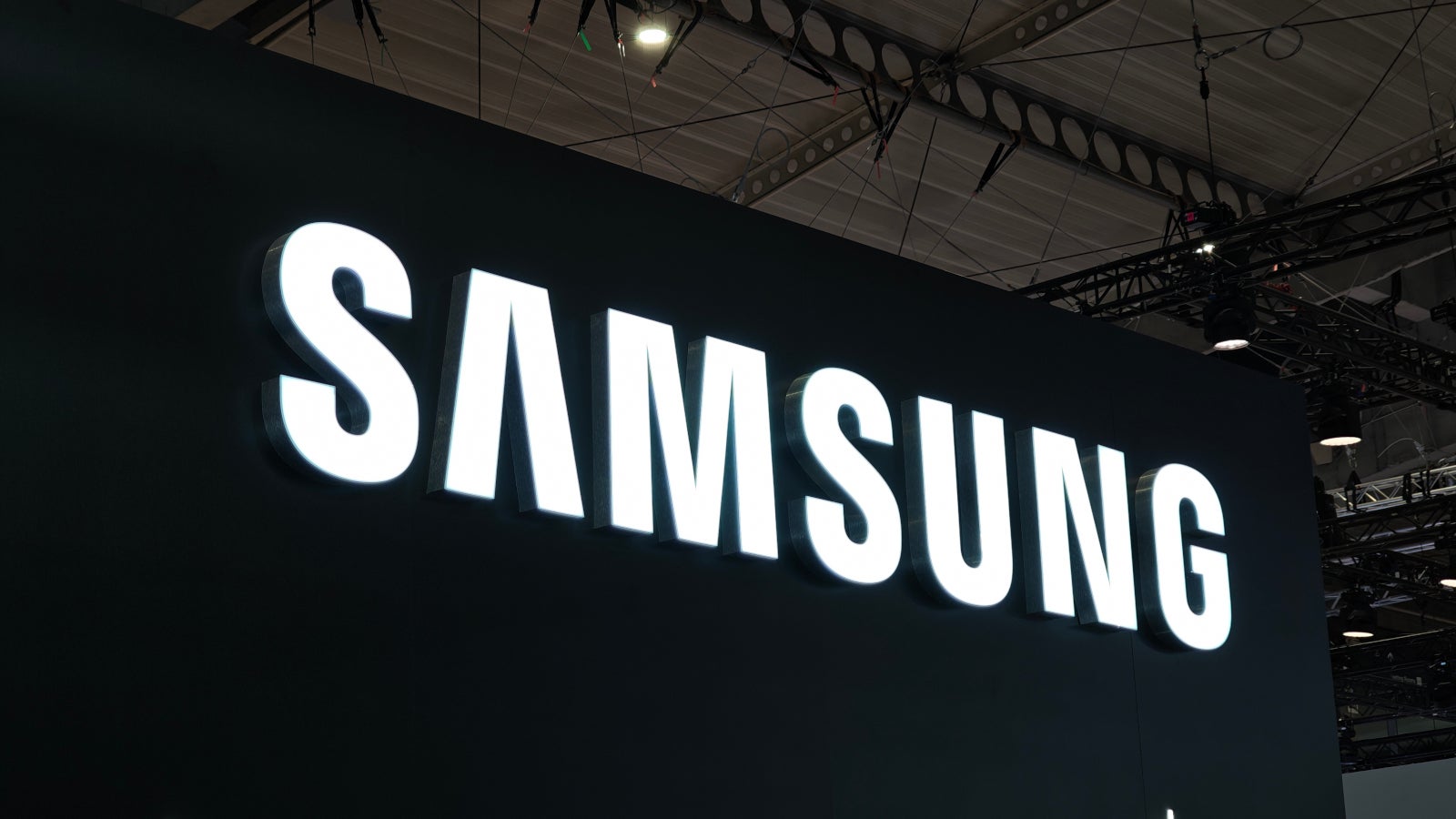
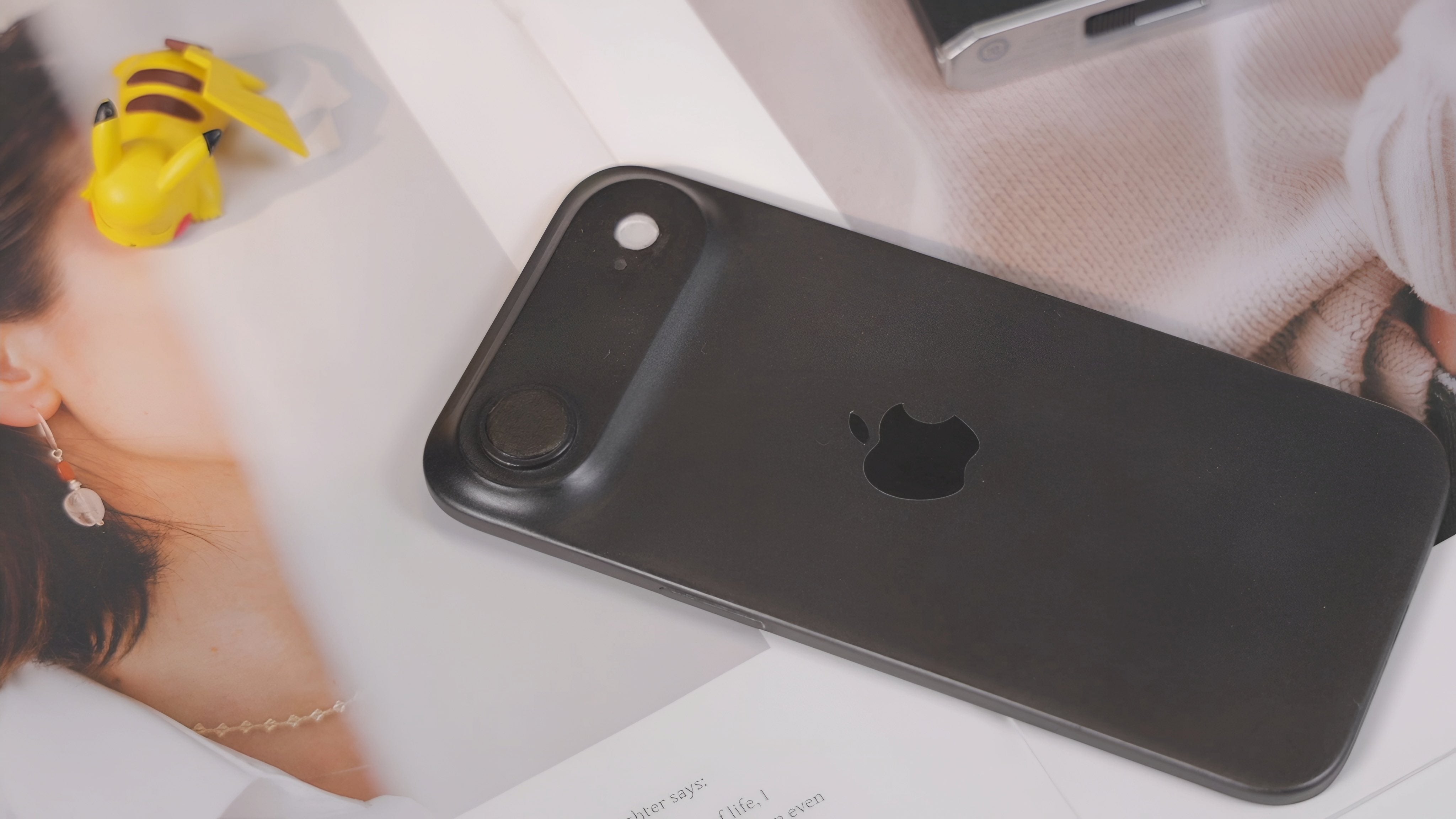






![Apple Pay, Apple Card, Wallet and Apple Cash Currently Experiencing Service Issues [Update: Fixed]](https://images.macrumors.com/t/RQPLZ_3_iMyj3evjsWnMLVwPdyA=/1600x/article-new/2023/11/apple-pay-feature-dynamic-island.jpg)




















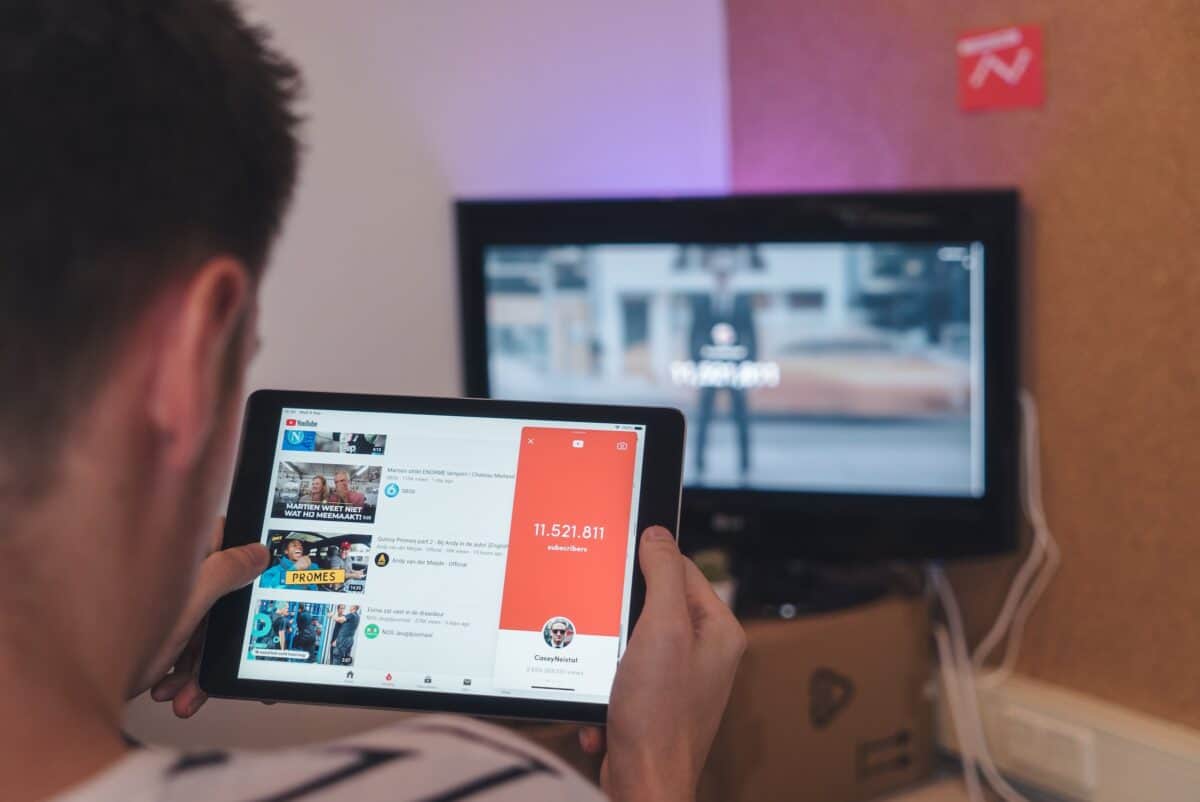






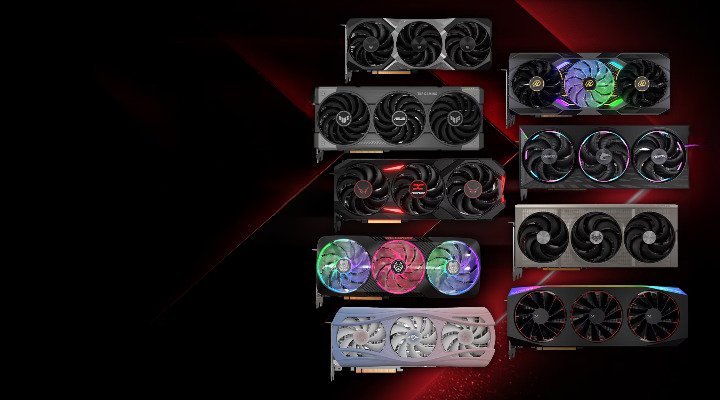








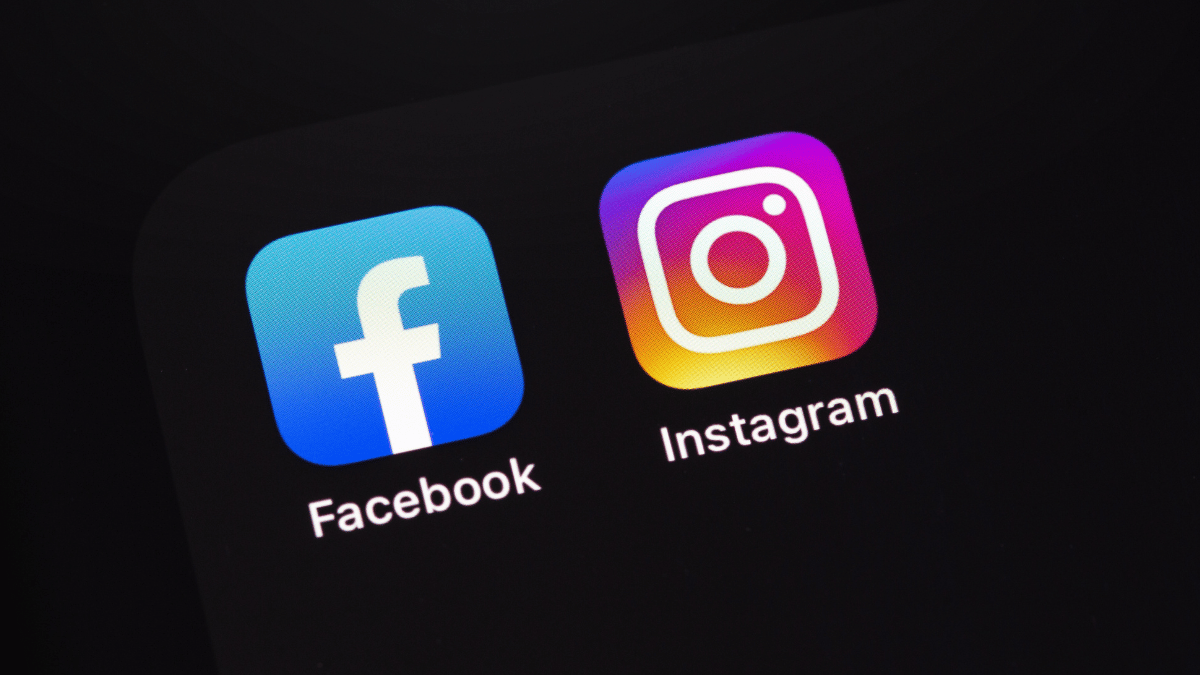



![iPhone 17 Air Could Get a Boost From TDK's New Silicon Battery Tech [Report]](https://www.iclarified.com/images/news/97344/97344/97344-640.jpg)
![Vision Pro Owners Say They Regret $3,500 Purchase [WSJ]](https://www.iclarified.com/images/news/97347/97347/97347-640.jpg)
![Apple Showcases 'Magnifier on Mac' and 'Music Haptics' Accessibility Features [Video]](https://www.iclarified.com/images/news/97343/97343/97343-640.jpg)
![Sony WH-1000XM6 Unveiled With Smarter Noise Canceling and Studio-Tuned Sound [Video]](https://www.iclarified.com/images/news/97341/97341/97341-640.jpg)



















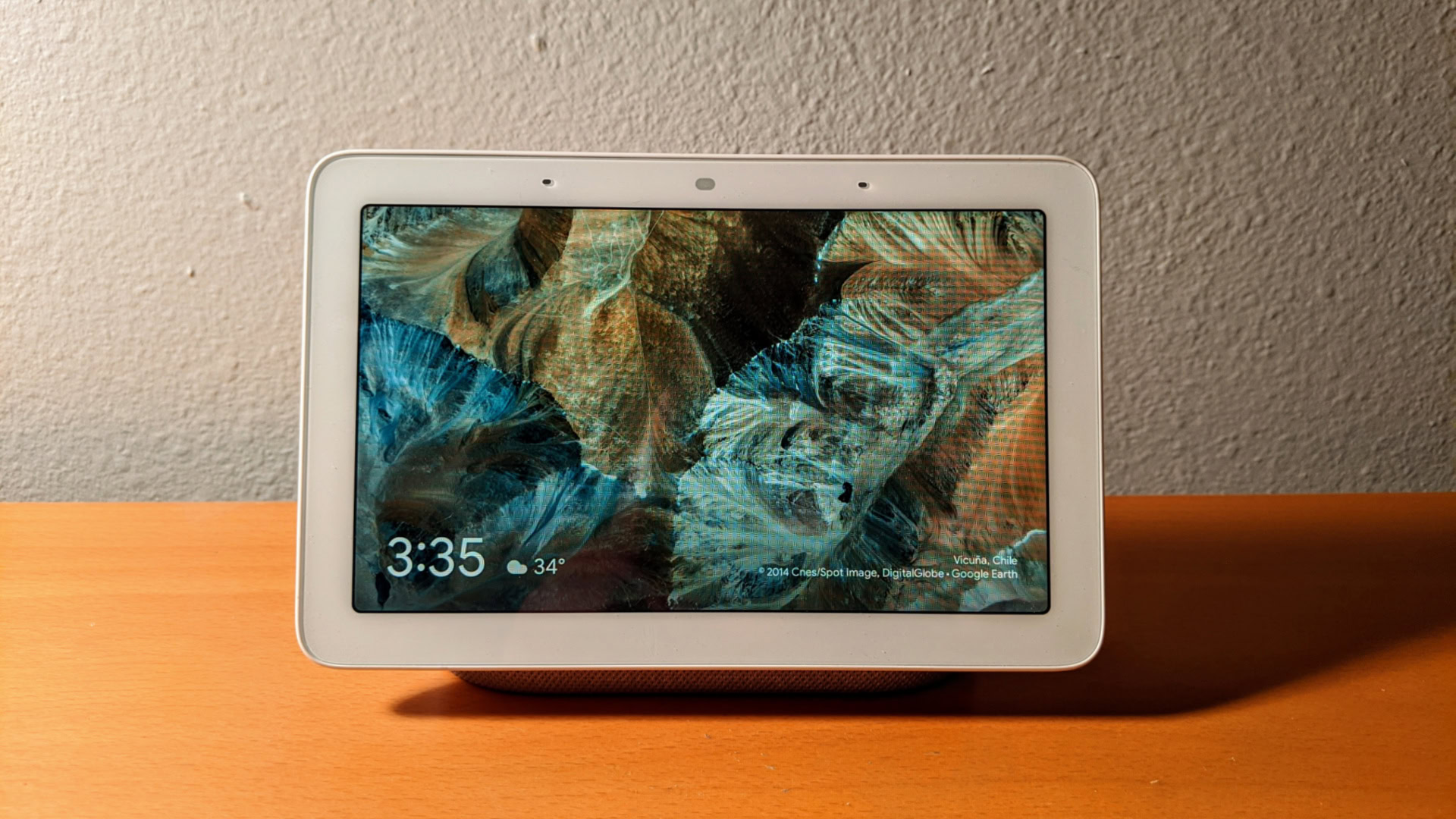

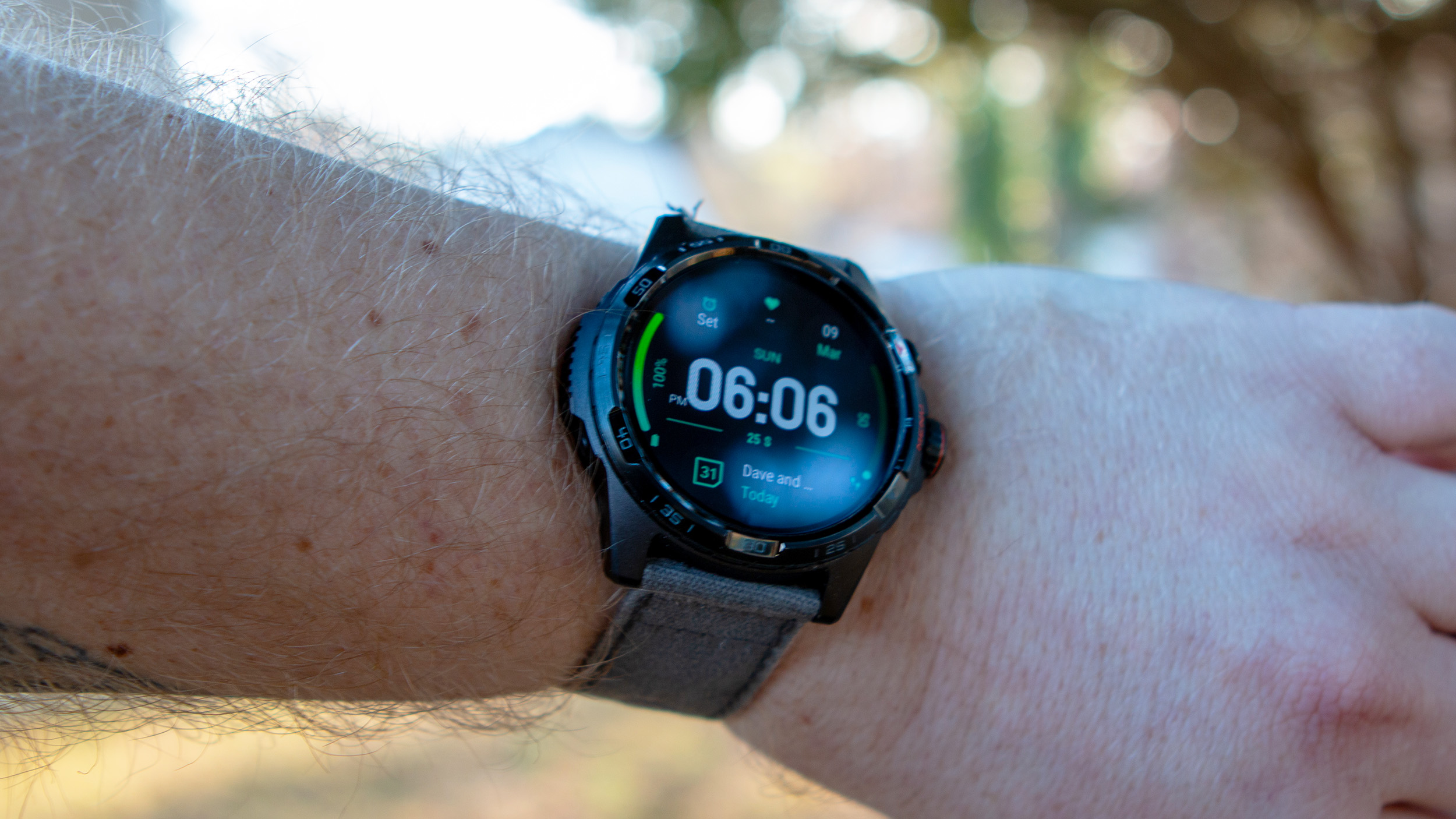
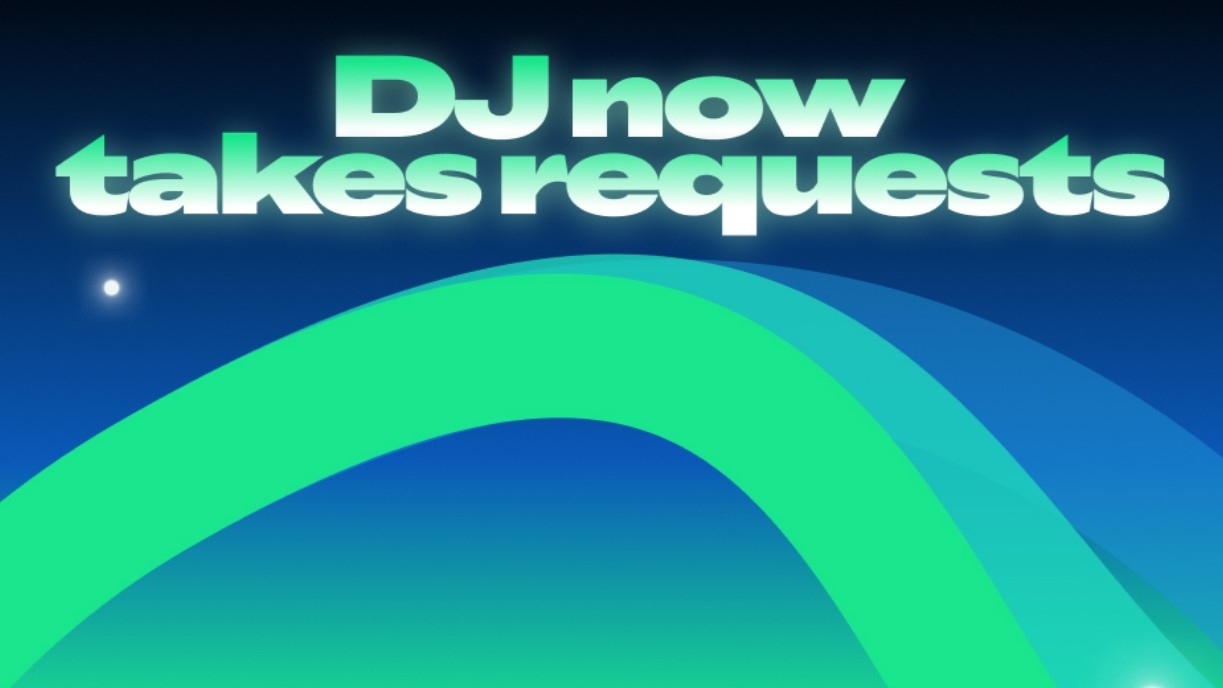


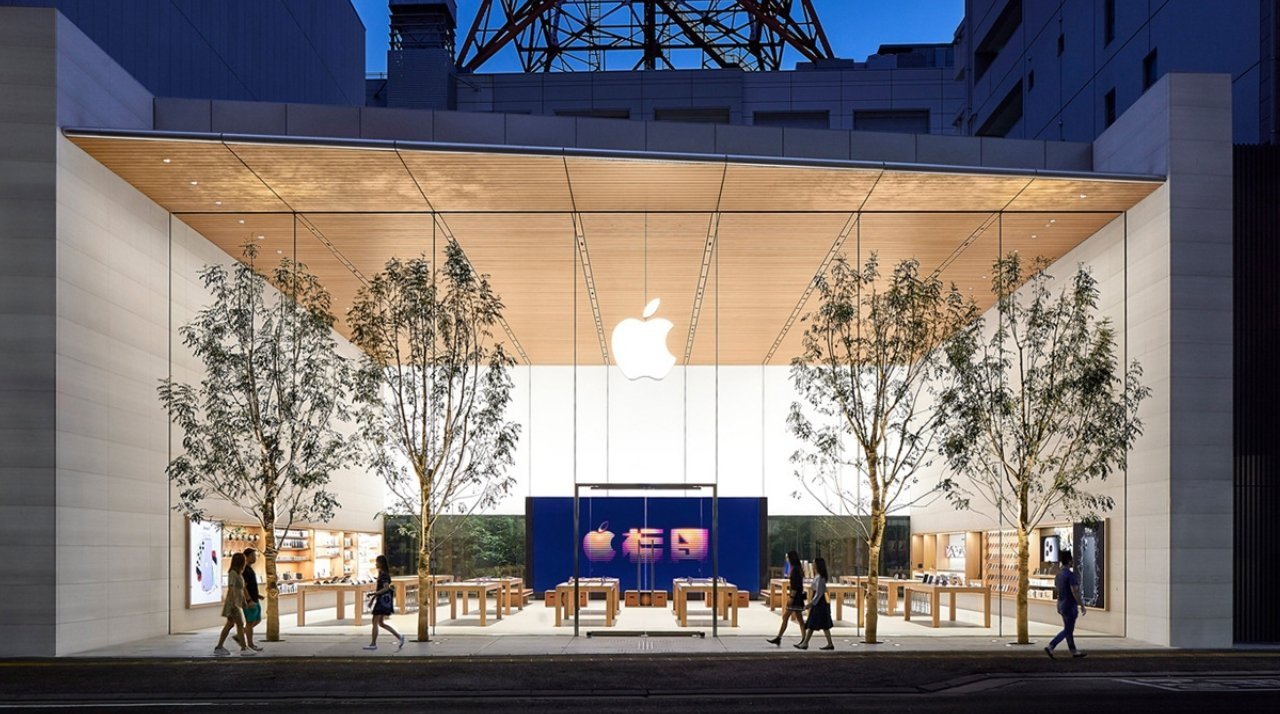
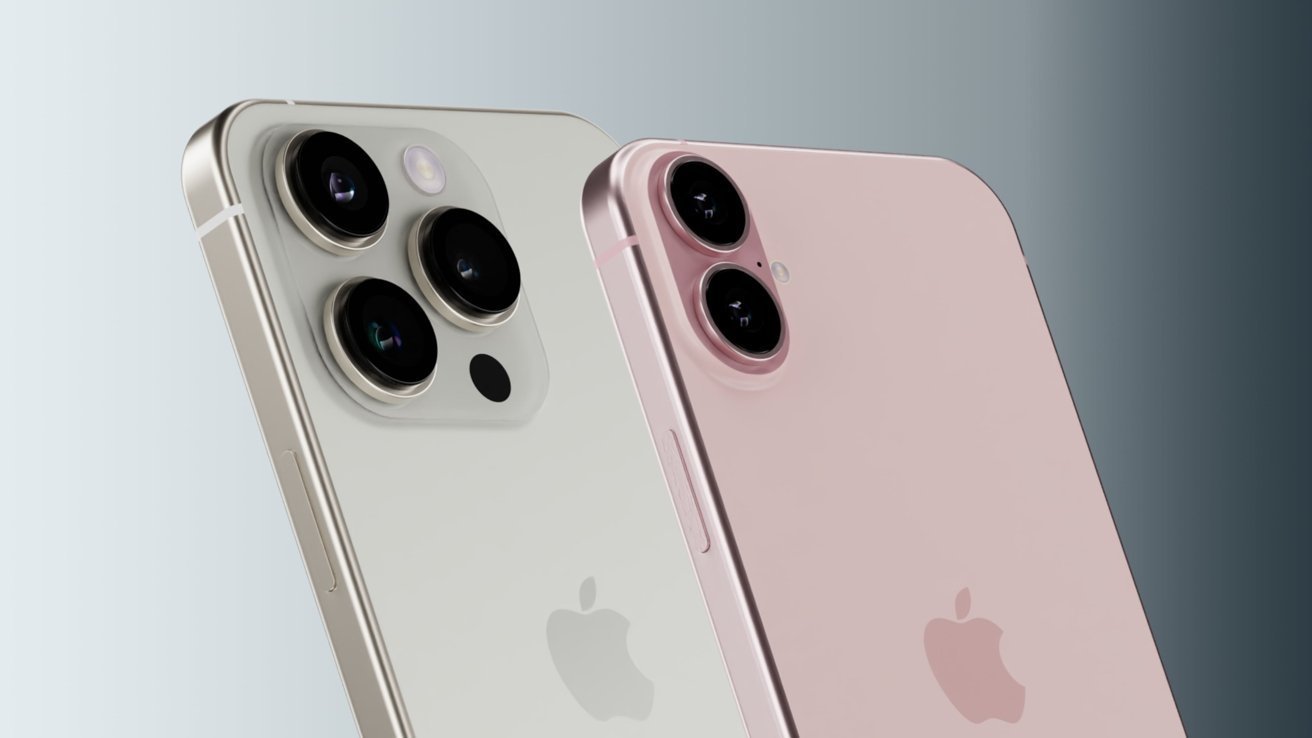



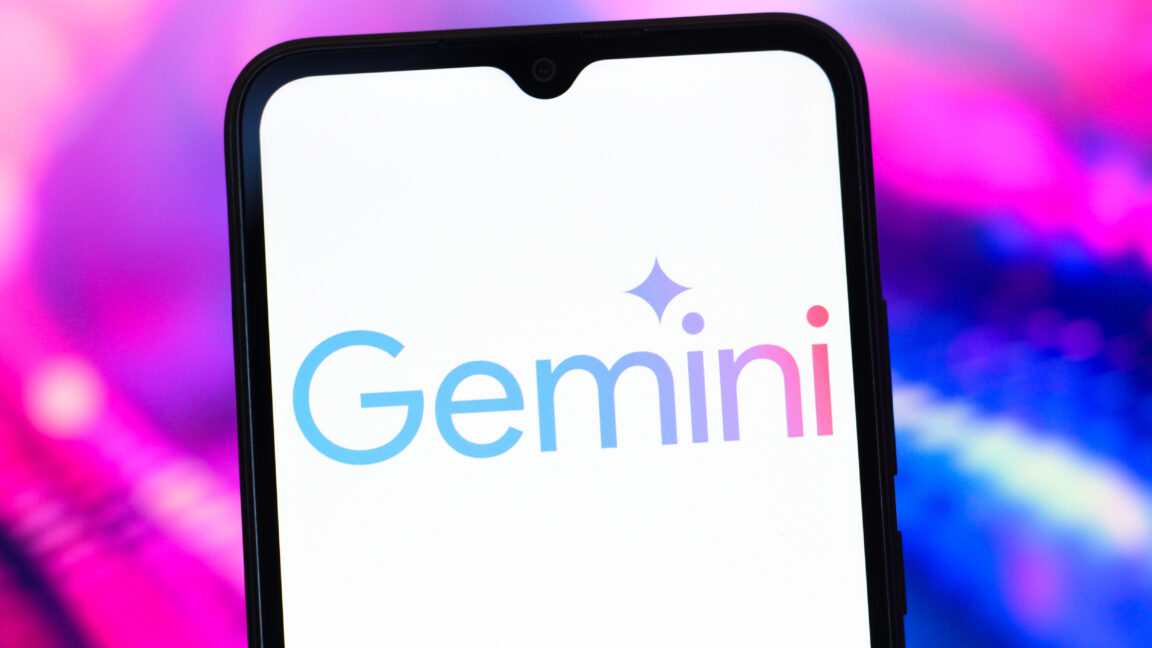
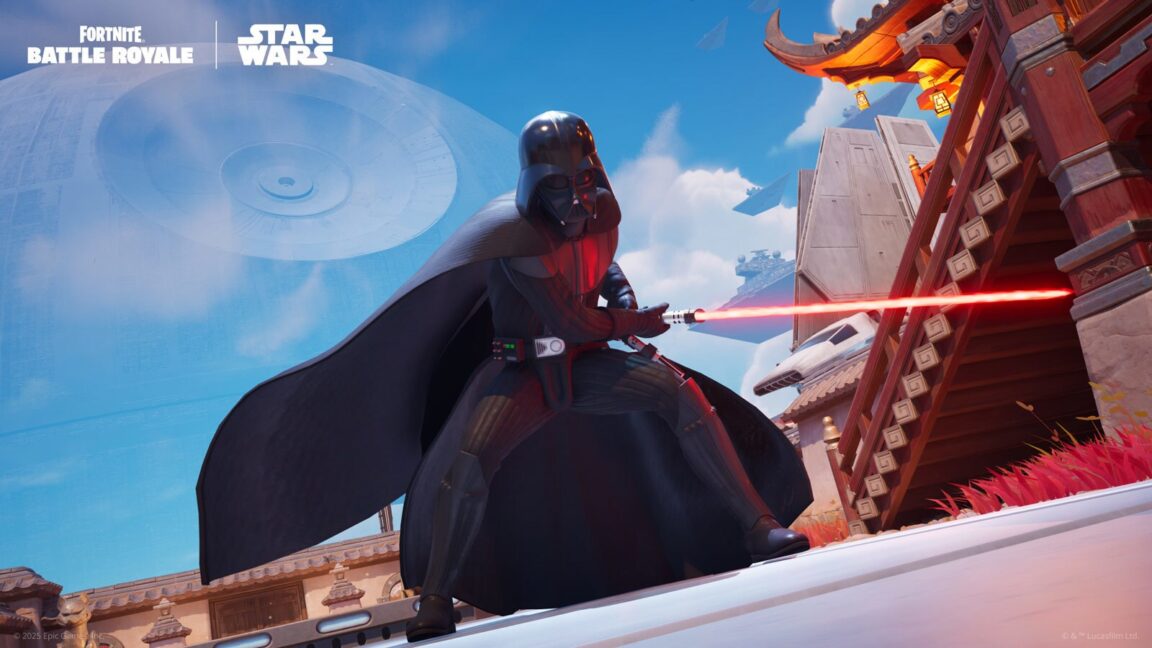
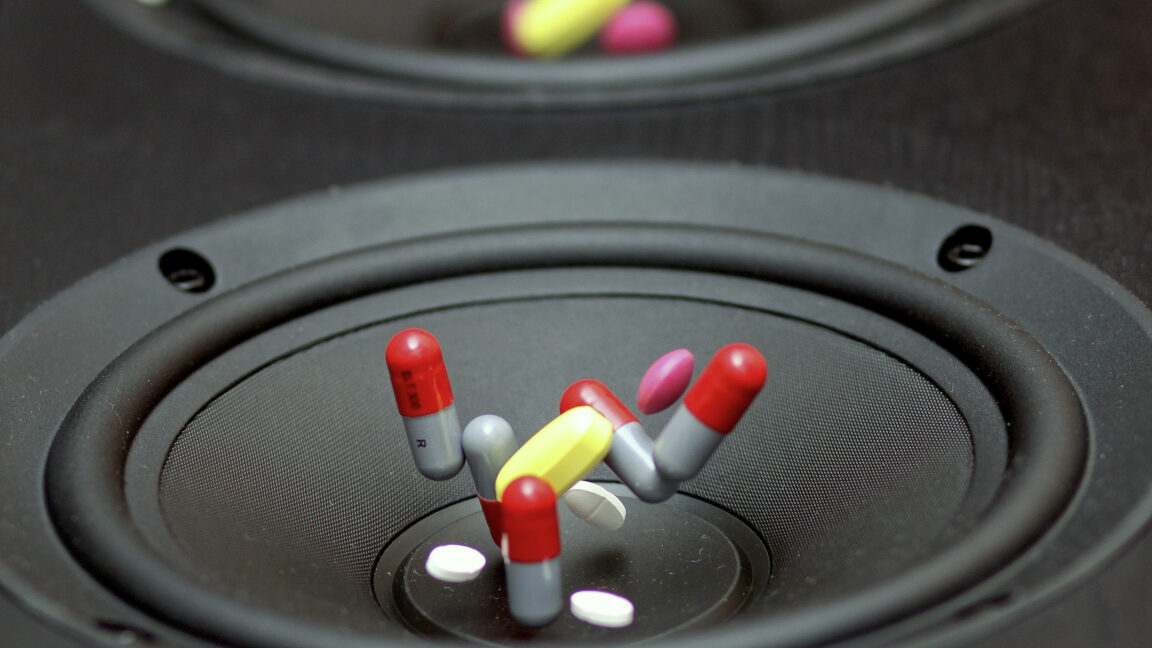
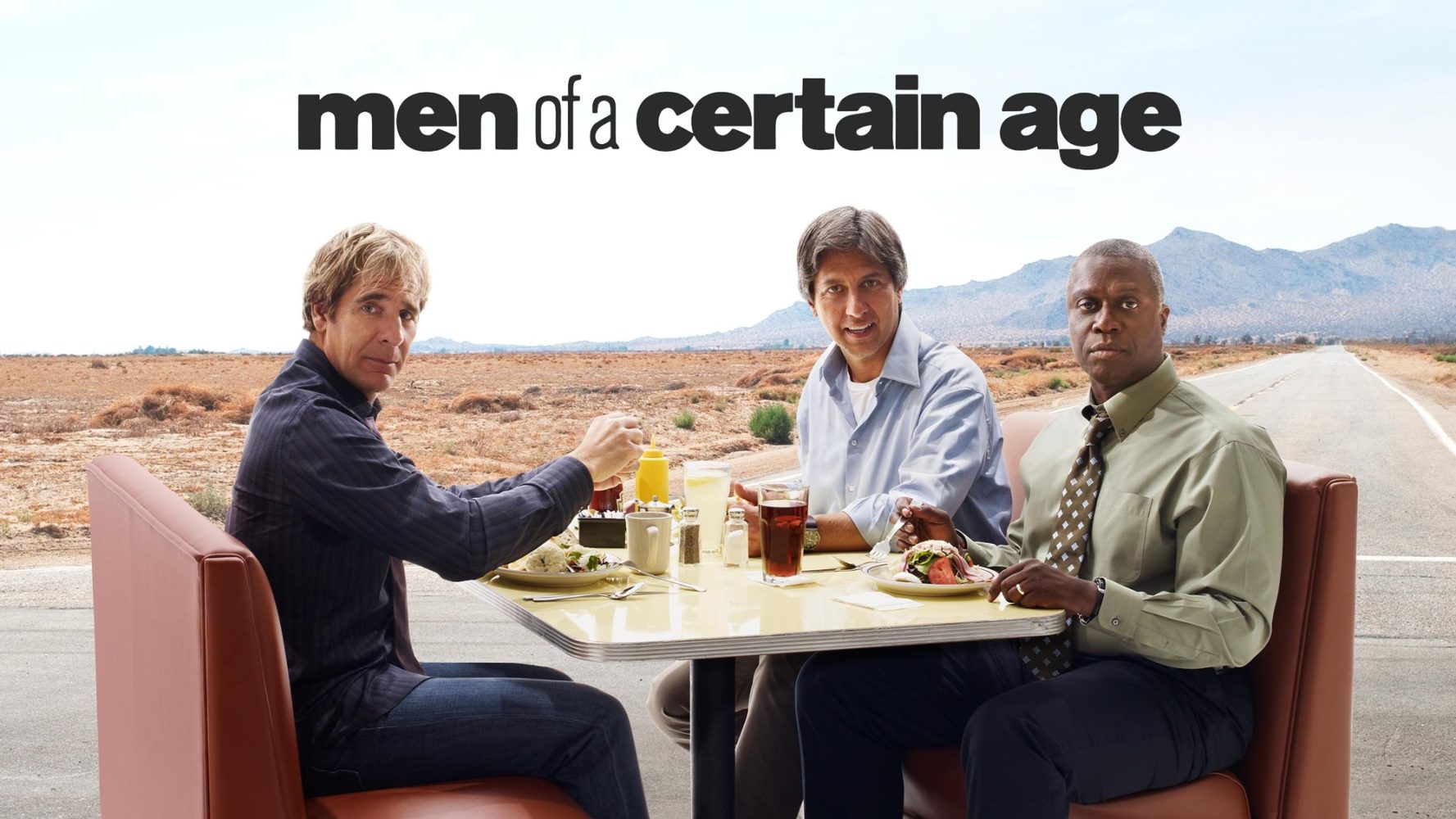

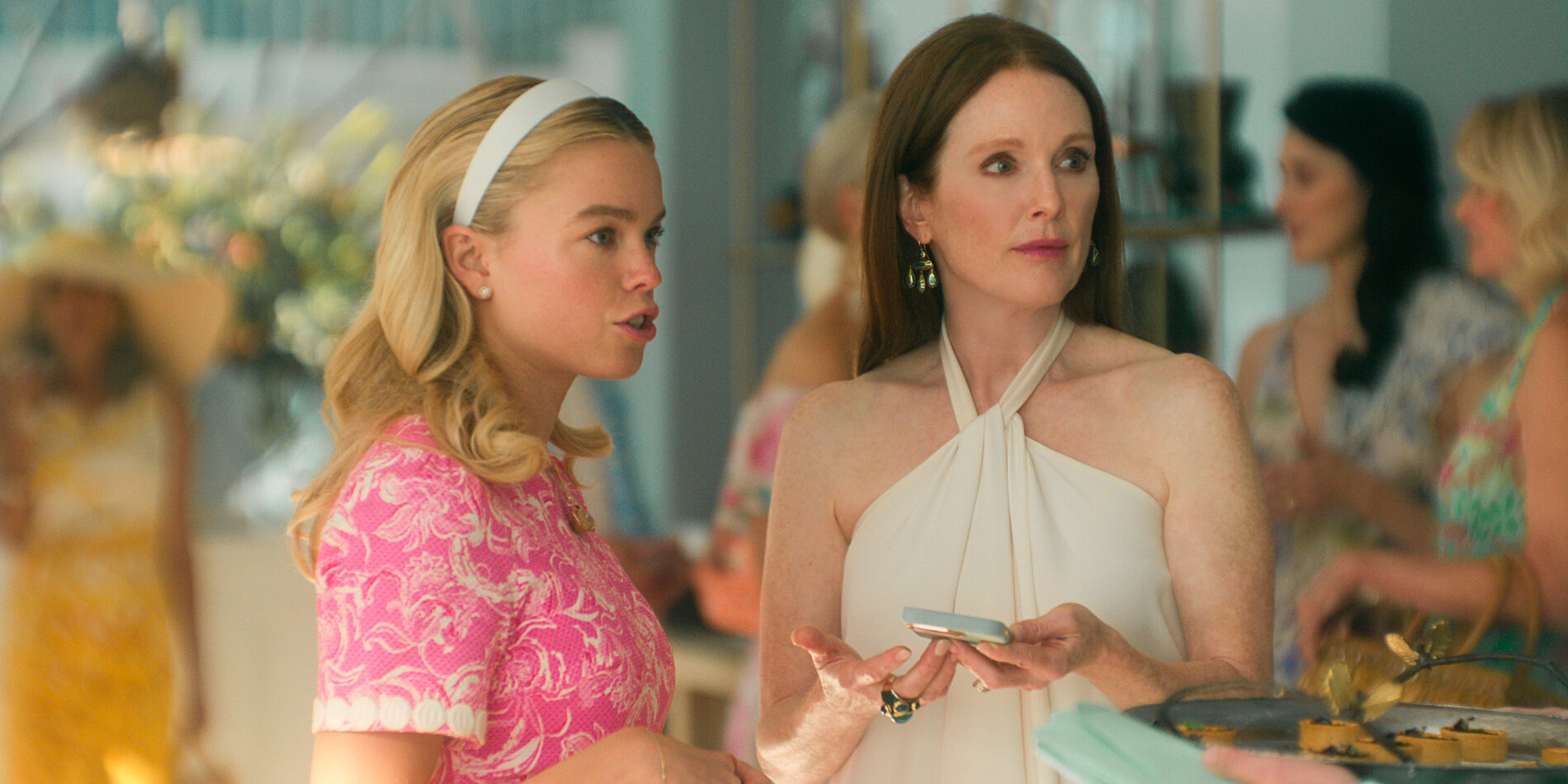



































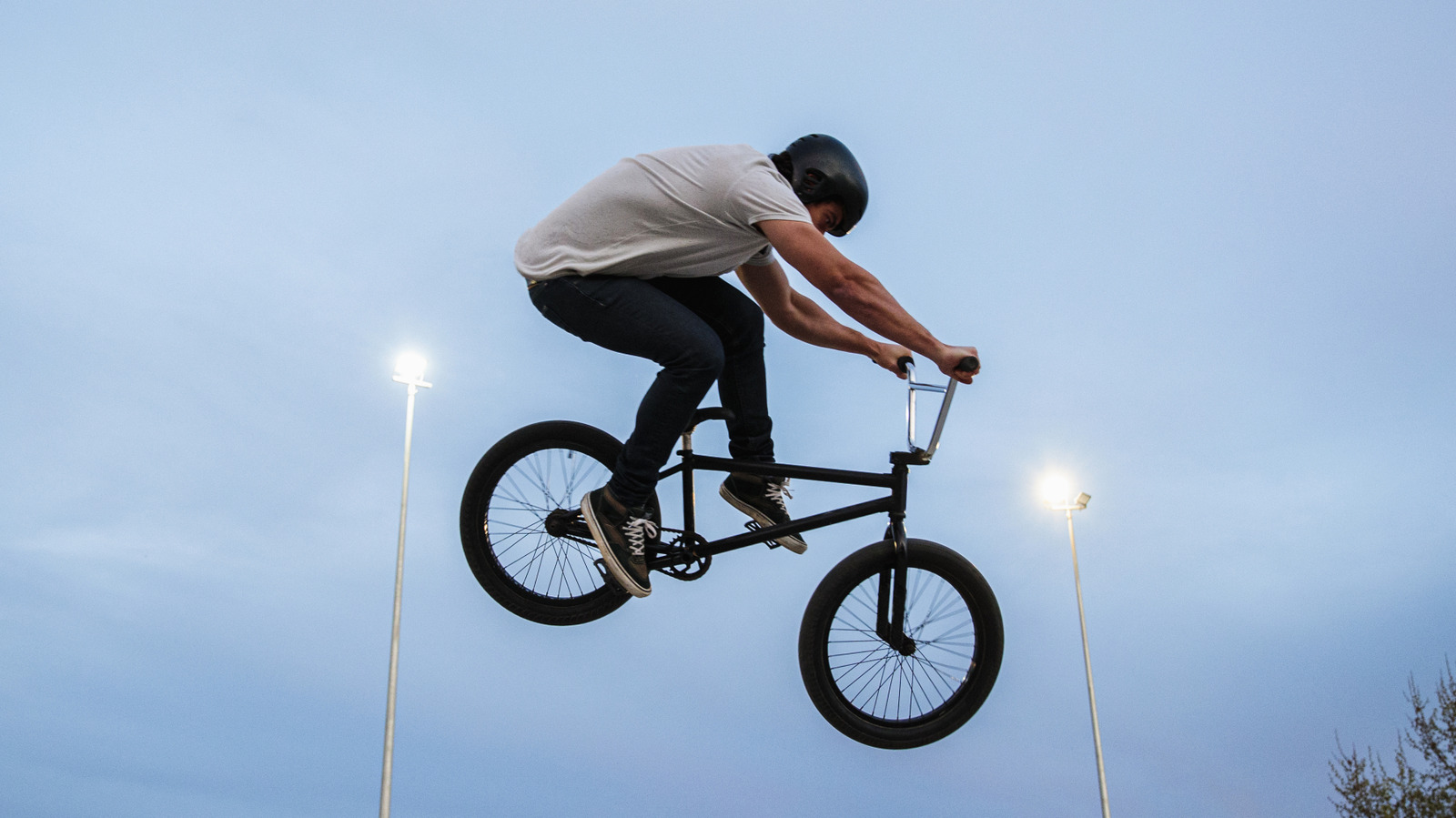







































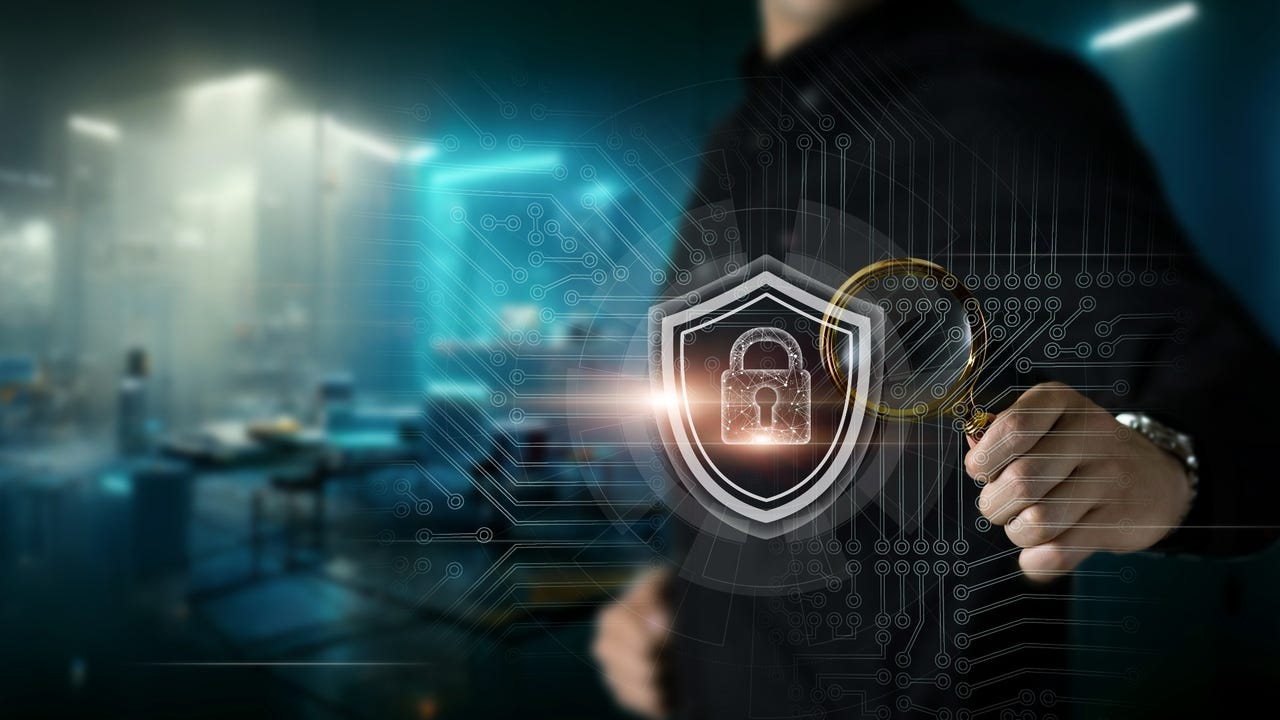

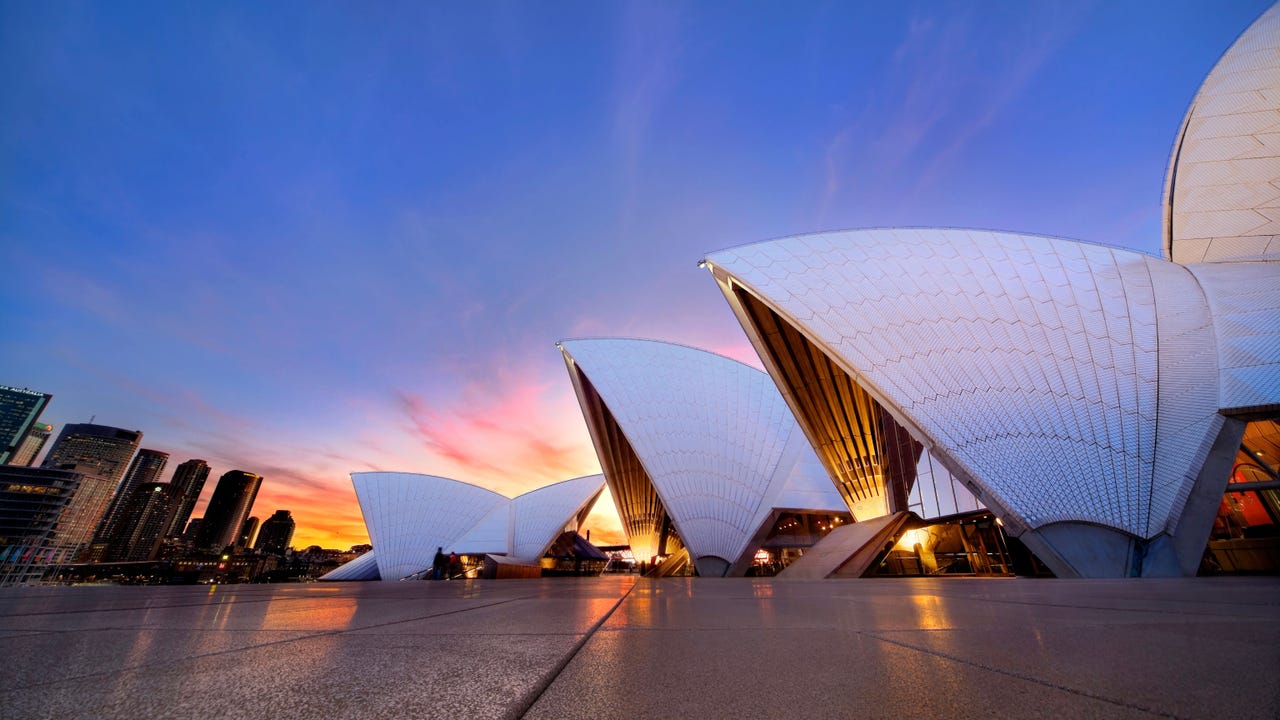































































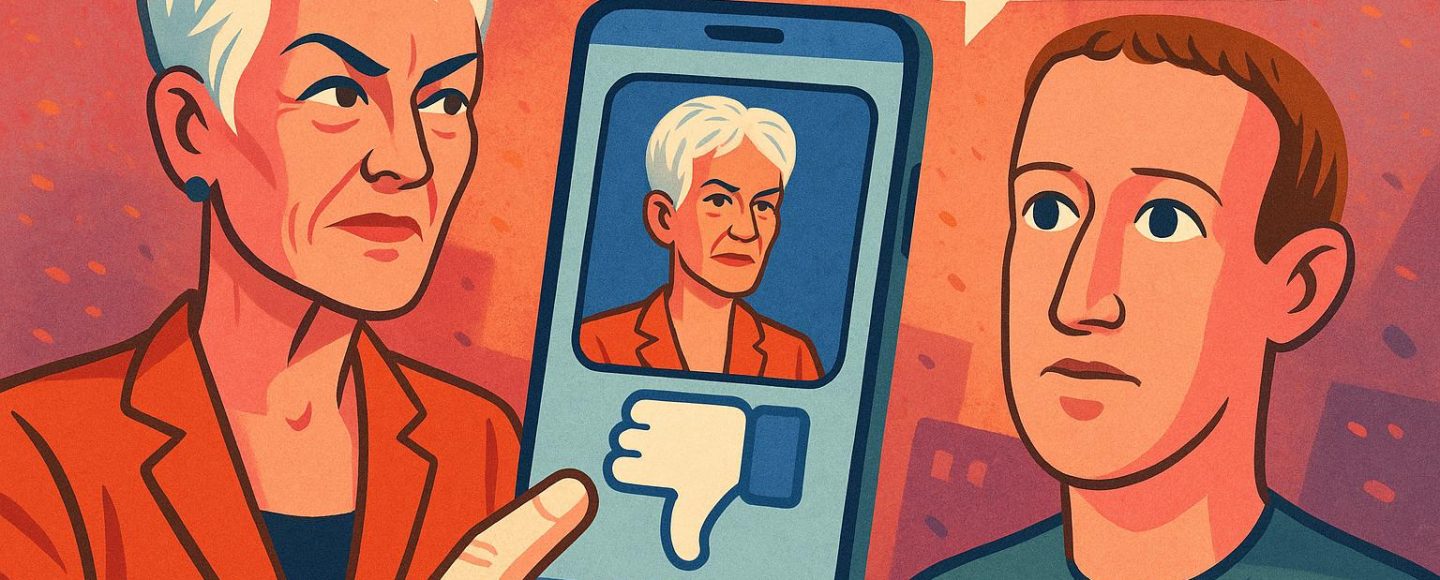
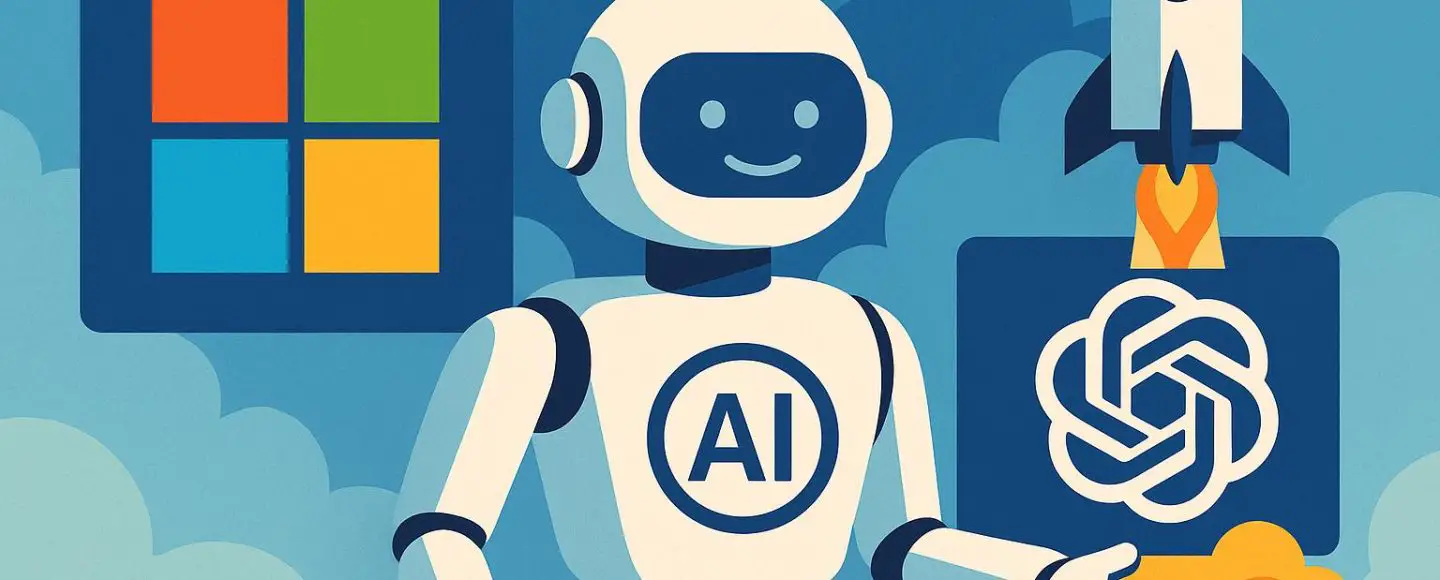
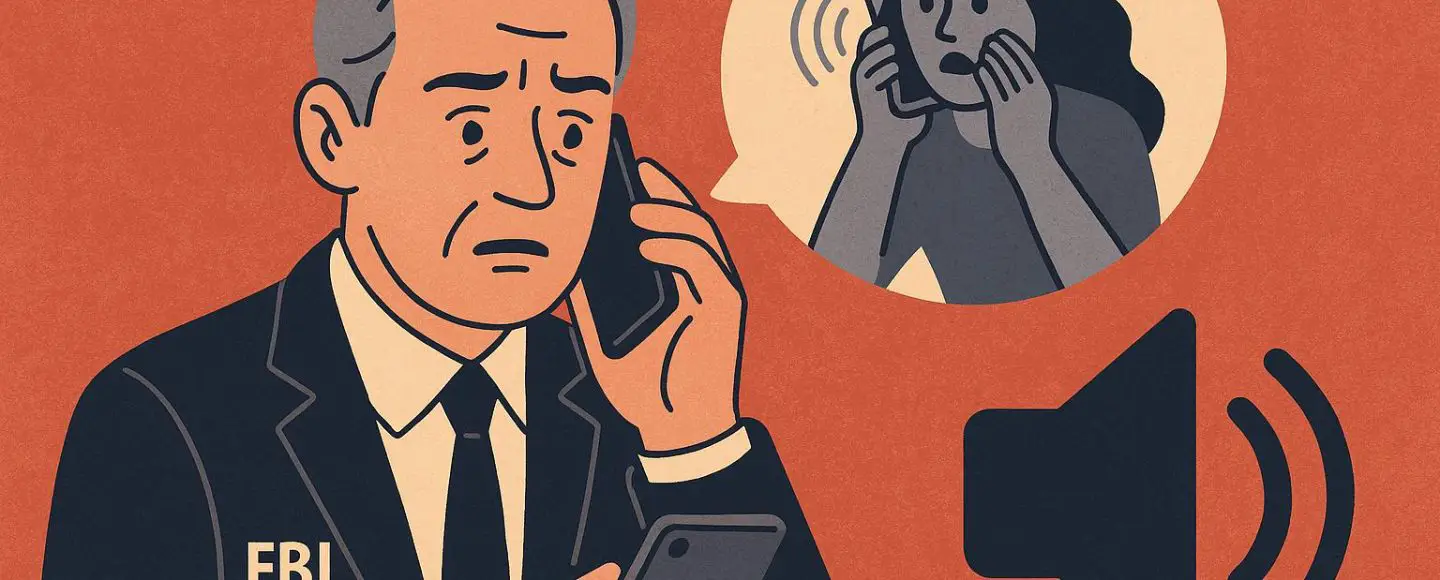
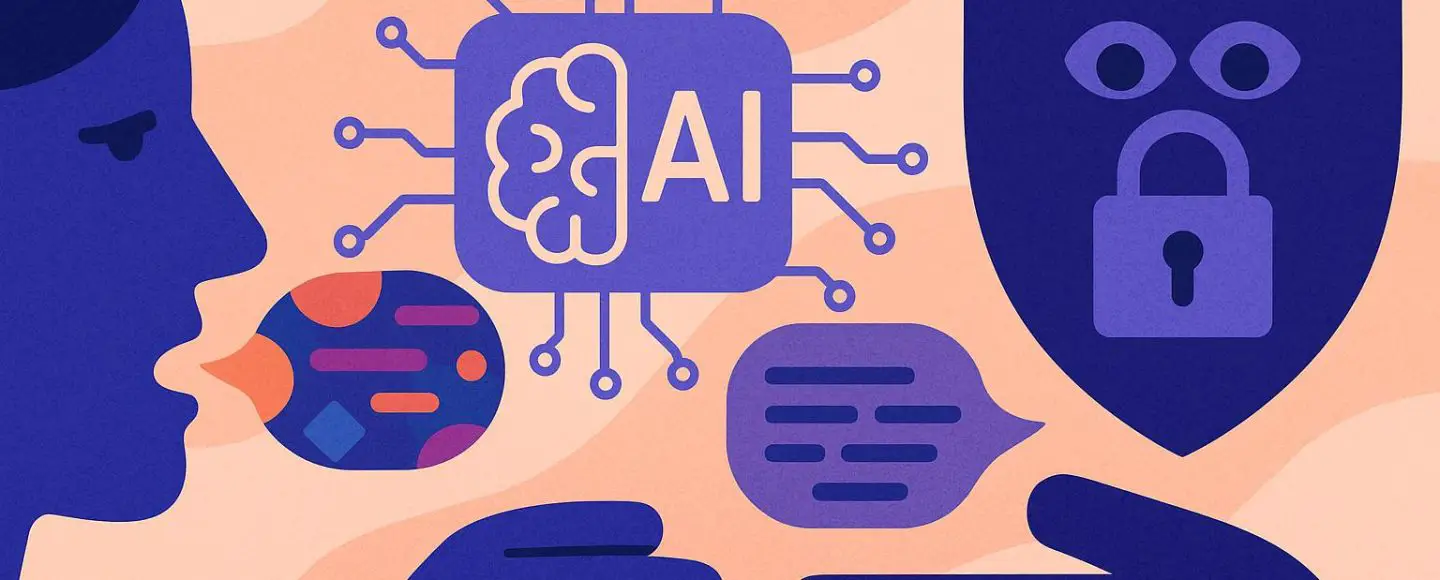





















































![[The AI Show Episode 147]: OpenAI Abandons For-Profit Plan, AI College Cheating Epidemic, Apple Says AI Will Replace Search Engines & HubSpot’s AI-First Scorecard](https://www.marketingaiinstitute.com/hubfs/ep%20147%20cover.png)
























![How to Enable Remote Access on Windows 10 [Allow RDP]](https://bigdataanalyticsnews.com/wp-content/uploads/2025/05/remote-access-windows.jpg)































































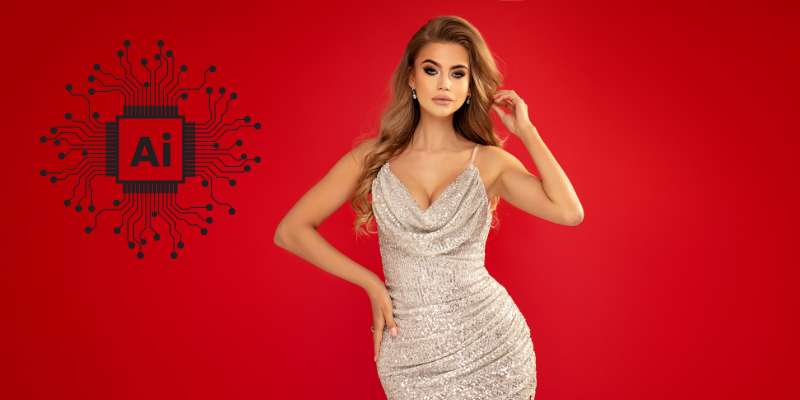






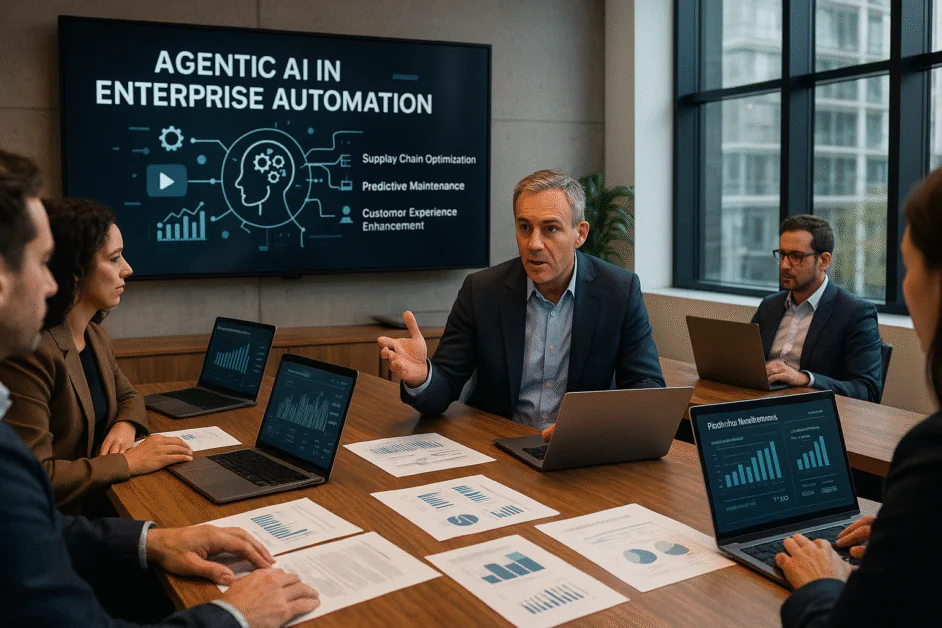

























































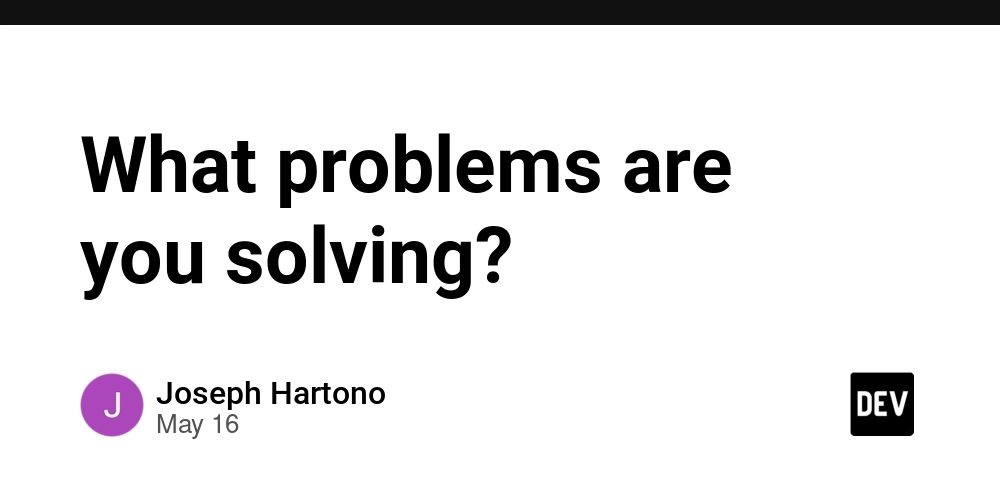
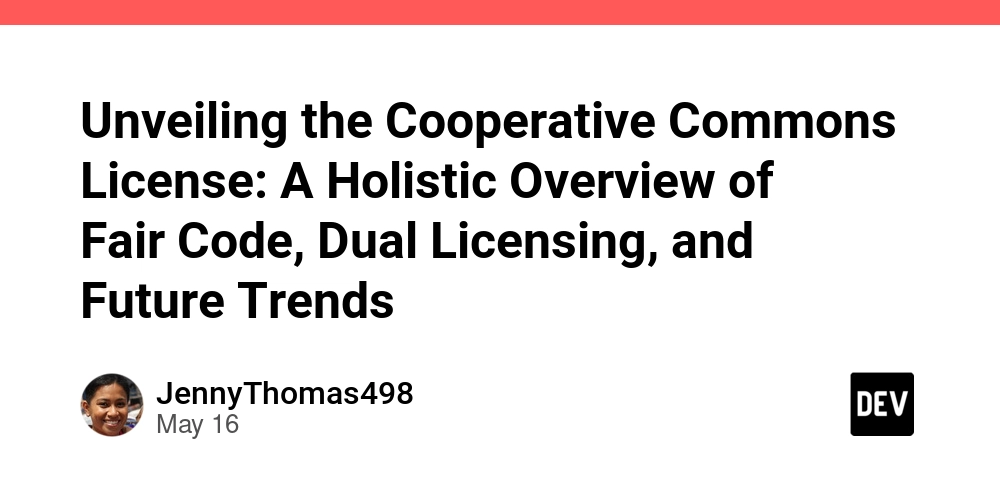

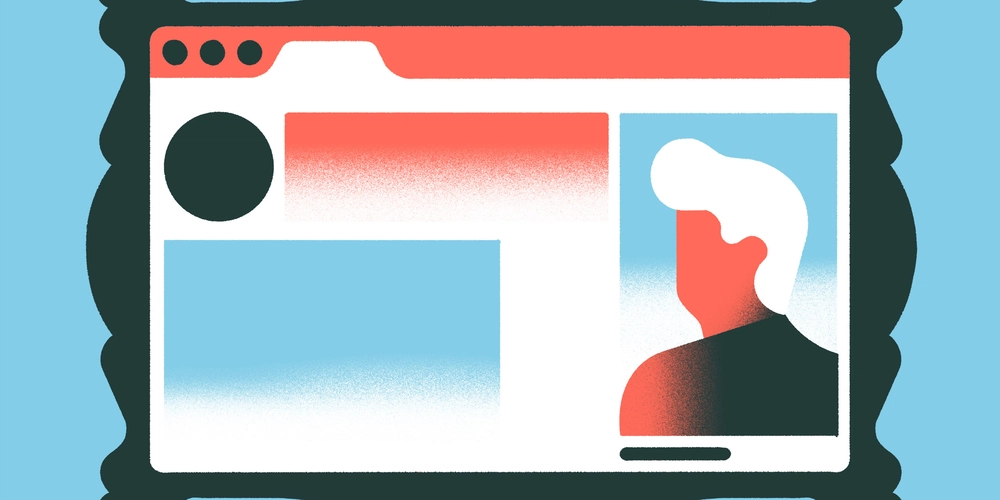


























-Marathon-Gameplay-Overview-Trailer-00-04-50.png?width=1920&height=1920&fit=bounds&quality=70&format=jpg&auto=webp#)























